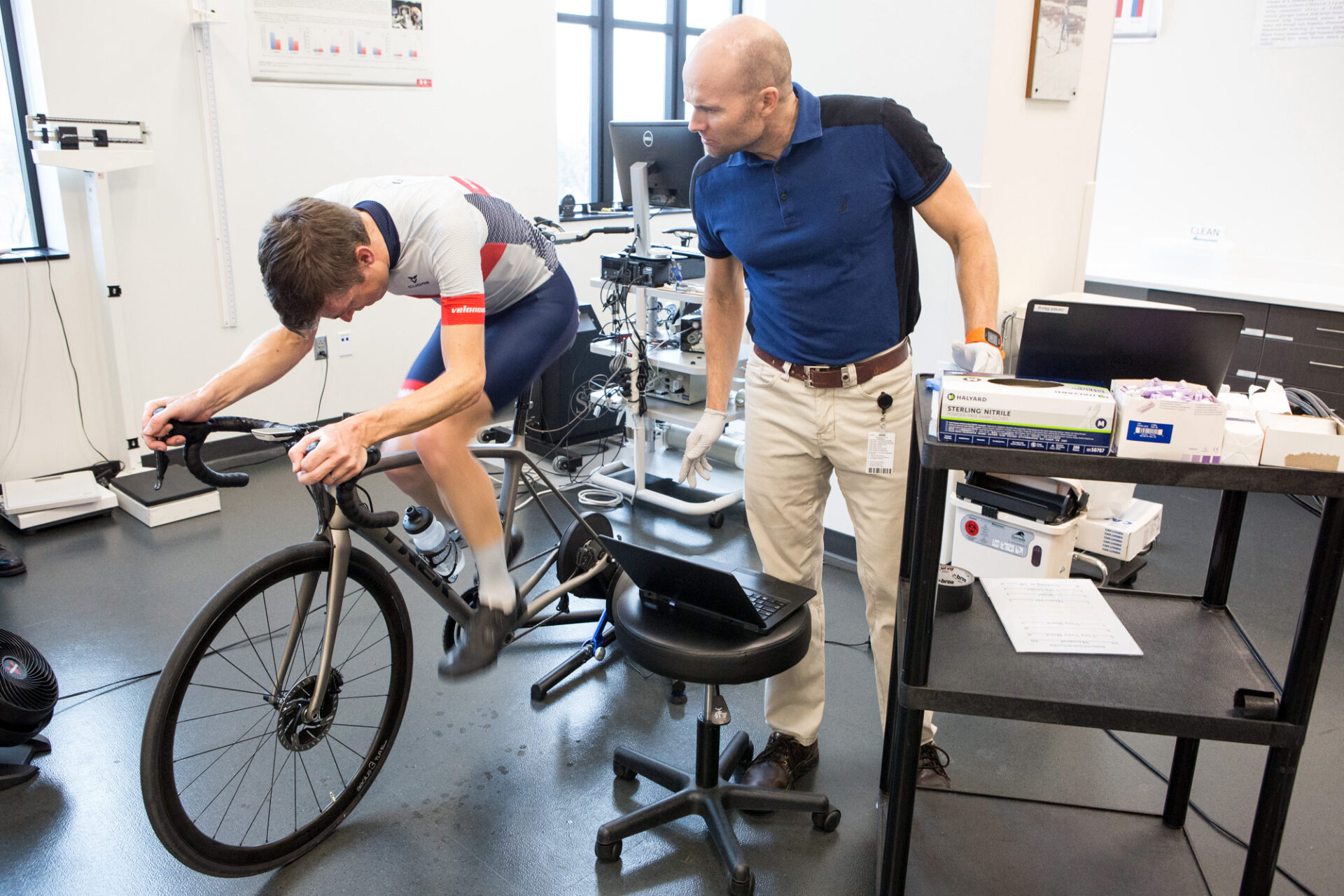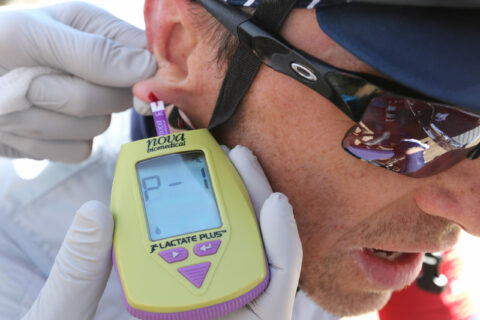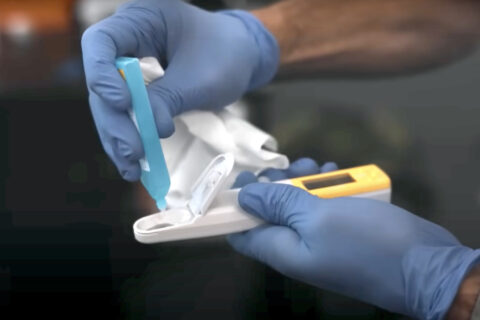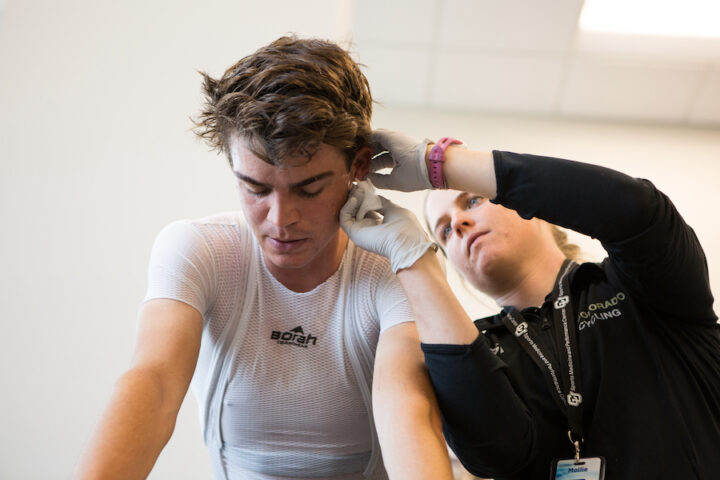Physiological testing is a powerful tool to fine-tune your training and optimize performance.
Physiological testing is a powerful tool to fine-tune your training and optimize performance.

Physiological testing is a powerful tool to fine-tune your training and optimize performance.

Physiological testing is a powerful tool to fine-tune your training and optimize performance.

As more athletes decide to dive into do-it-yourself lactate testing, we explain how to best conduct measurements and how to avoid the most common mistakes.

We detail the integral role that water and sodium play in our physiological processes, and how understanding sweat rate and composition can improve performance, recovery, and health.

Continuous lactate monitors have the potential to be a game changer in the endurance world, but does the technology measure up to the hype?

Find out all the dos and don’ts of physiological testing as we break down VO2max and lactate/ramp testing.